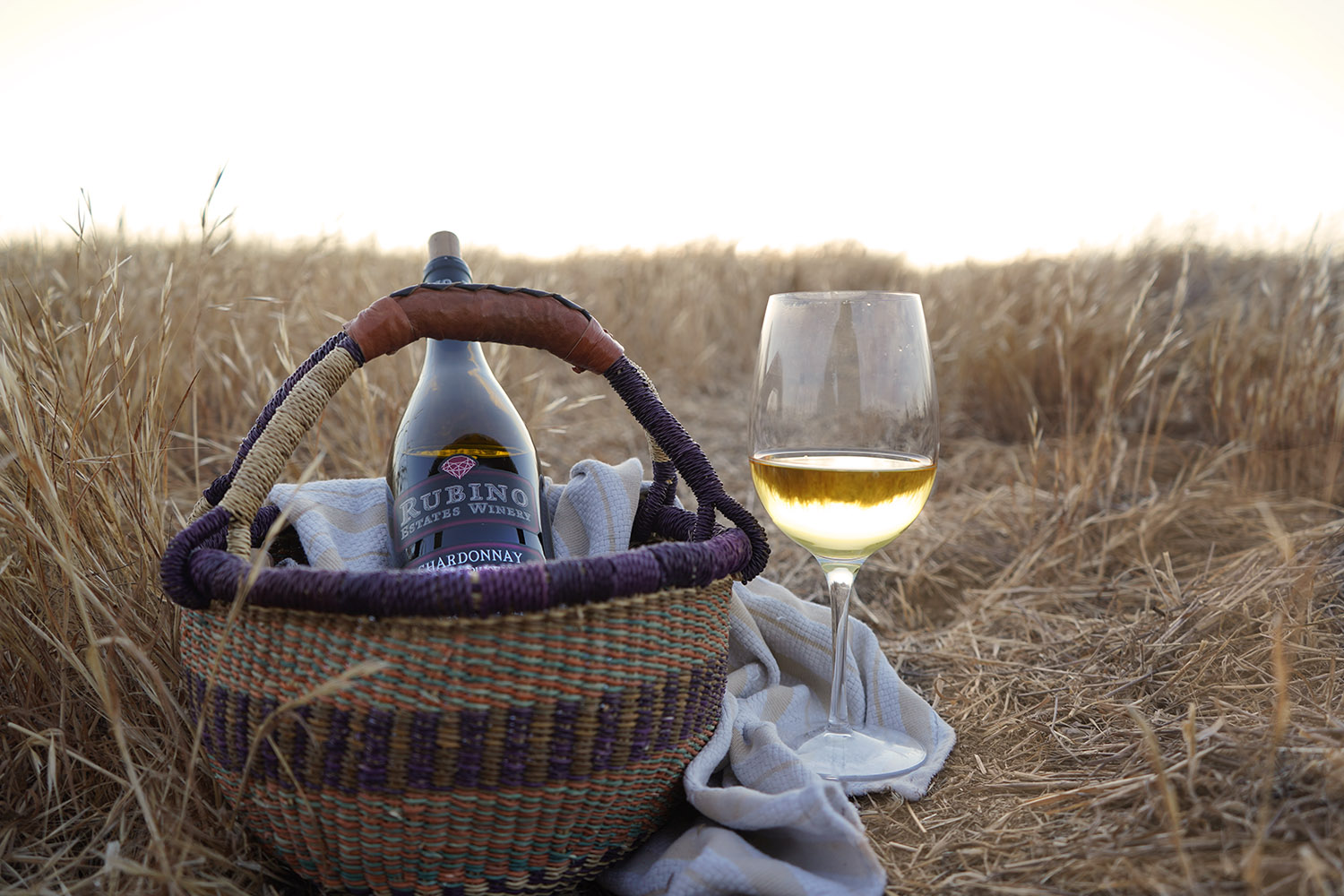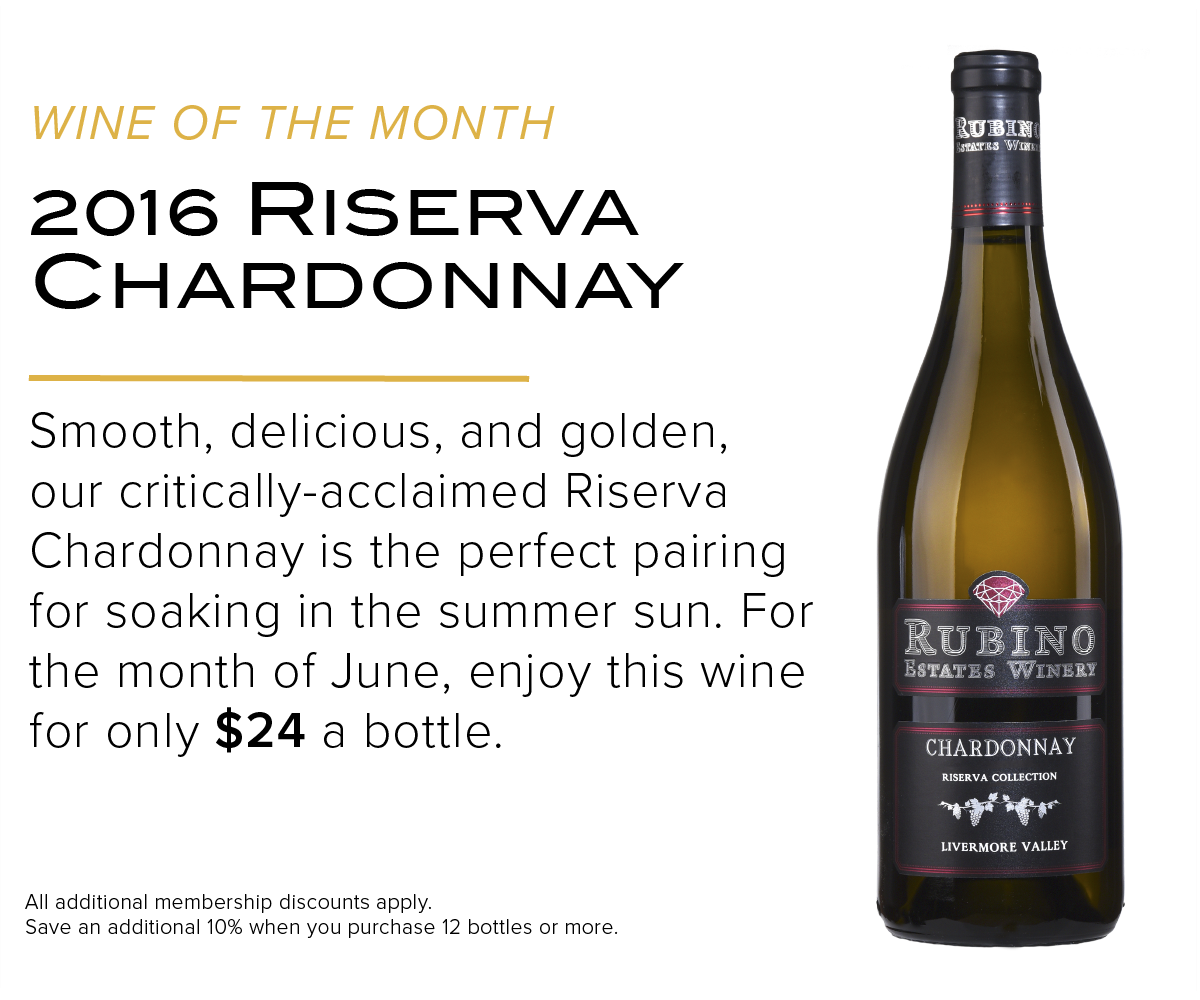What You Should Know About Chardonnay
 For all of June, we’ve been appreciating our Riserva Chardonnay, which was crowned our ''Wine of the Month.” As one of the most widely known and recognized white wine varietals, Chardonnay has earned its fame from its approachability and golden splendor. Some sommeliers consider the quality of an establishment’s Chardonnay to be a metric for guessing the quality of the winery as a whole. Despite its popularity, there’s a few things you might not know about Chardonnay—so read on!
For all of June, we’ve been appreciating our Riserva Chardonnay, which was crowned our ''Wine of the Month.” As one of the most widely known and recognized white wine varietals, Chardonnay has earned its fame from its approachability and golden splendor. Some sommeliers consider the quality of an establishment’s Chardonnay to be a metric for guessing the quality of the winery as a whole. Despite its popularity, there’s a few things you might not know about Chardonnay—so read on!
The Old World. The Illustrious history of Chardonnay dates back at least as far as the Roman empire, when vines of a varietal called Gouais Blanc were brought from Croatia to mainland Europe. Gouais Blanc would eventually cross-pollinate with the French Aristocracy’s Pinot Noir, creating a robust descendant. The gorgeous golden-green of Chardonnay grapes was born from these vines. For many years, Chardonnay was grown alongside, blended with, and mistaken for pinot blanc. Chardonnay would not gain its own fame until later, partially aided by the particular use of Chardonnay in Champagne.
Californian Perfection. “New World” Chardonnay has a life of its own, with some of the best Chardonnay in the world growing in California. The first successful planting of Chardonnay grapes in California was right here in the Livermore Valley, and we’re proud to continue that legacy. Chardonnay thrives in California’s valleys, where blankets of coastal fog slow the ripening of the grapes and encourage flavorful, robust fruit. Californian Chardonnay exploded in popularity after the “Judgement of Paris” in 1976, where multiple Californian wines, including a Chardonnay, beat French wines in a blind tasting.
Global Spread. Though Chardonnay is now considered the most famous of the white wines, it comes in 6th place in terms of global acreage with around 520,000 total acres. It also comes in second place in terms of acreage for white wines, beat out by the Italian varietal Aivén. As far as global spread is concerned, however, Chardonnay is the winning vine. Virtually anywhere wine is grown, there is Chardonnay.
Person and Place. The widespread cultivation of Chardonnay makes for huge variety in what the wines can offer. It is referred to as “malleable” meaning that the taste of the wine is highly dependent on the style and work of the Winemaker, as well as terroir—the unique conditions of the place in which it was grown. When you sip a Chardonnay, some say you “taste the place.” The Winemaking process lends significant flair as well. A natural process called “malolactic fermentation” is used on some Chardonnay to create a smooth, buttery, and less acidic wine.
Cream and Spice. The use of oak barrels is the source of most of the Winemaker’s influence when crafting a Chardonnay. Some Chardonnays are fermented and aged in stainless steel, though oak lends iconic flavor and complexity. Sometimes referred to as the Winemaker’s spice rack, oak barrels, when used either for aging or for both fermentation and aging, can impart toasty flavors of vanilla, caramel, spice, cream, coconut, cinnamon, cloves, and more. After bottling, Chardonnay is delicious when young while still holding up well if aged.
If you think you don't like Chardonnay, don't give up on it! Don't be afraid to give it another try--likely, you just haven't found the right one for you. There's a bottle out there that's perfect for your palate and preferences.
If you're a fan of our critically-acclaimed Riserva Chardonnay, don't miss your chance on our Wine of the Month sale!